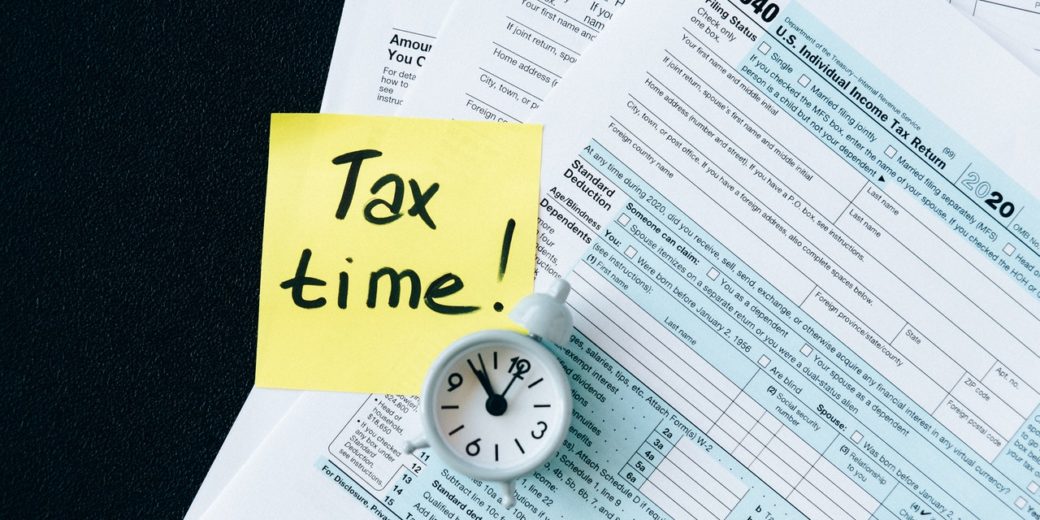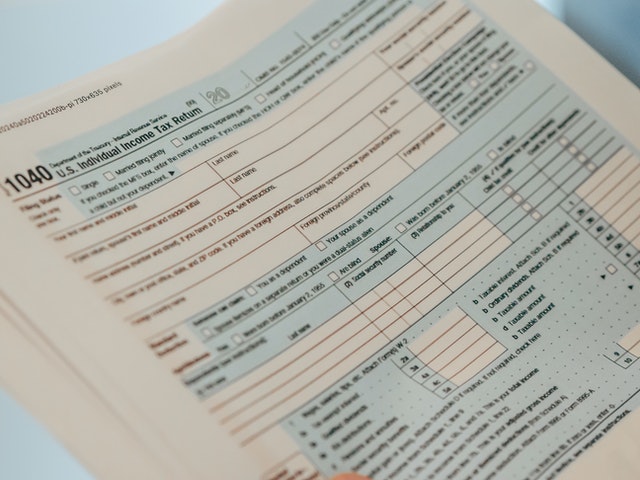Get Your Tax Refund Quicker With These Tips

If you’re like many people, you find little joy in doing your taxes. However, when all is said and done and you finally hit “E-file” or send your packet in for review, you can rest easy in the knowledge that all your hard work is about to pay off via a refund.
Many Americans look forward to their tax refunds each year, and for good reason. The average refund in 2020 was $2,827, with some people getting considerably more. Due to tax credits — including the child tax credit — this year’s average refund is set to look even better. Understandably, then, if you’re expecting money this year, or if you need it to cover a major expense, your check in the mail (or direct deposit) likely can’t come fast enough. There are a few things you can do to speed up its arrival and avoid lengthy delays.
First Things First …

Before you file your tax return, know that the IRS is experiencing significant delays due to backlogs from last year and a staff shortage. In a typical year, the IRS can process returns and issue refunds within as little as 21 days. Last year, filers waited considerably longer, and millions were still without their refunds by the end of December. This being said, know that delays are likely and possibly inevitable, but there are steps you can take to minimize them.
File Electronically, and Sooner Rather Than Later

While the IRS still accepts paper returns, filing by mail adds at least a week to the processing time of your return, if not more. When you e-file, the IRS will have your return within minutes of you submitting it, and start processing it within days. For many Americans, filing online is free.
Additionally, though you technically have until April 18th to file your 2021 return, you should file sooner rather than later. Many filers procrastinate until the deadline, meaning the IRS receives a huge influx of returns right around the end of the tax season. Moreover, identity thieves are hard at work all season long, filing returns with Social Security numbers that don’t belong to them. If a fraudster filed a return on your behalf before you had a chance to, you will have to jump through several hoops before the IRS feels confident releasing money to you, a process that could add months to your wait time.
Choose Direct Deposit

Eight out of 10 taxpayers already elect to receive their refunds via direct deposit, which is the fastest, most secure and reliable way to receive the money. However, if you’re part of the minority, make this year the year you change that. With direct deposit, the IRS can deposit funds into your account the moment an agent completes his or her review of your return. With a paper check, the agent would have to create a check, print it, put it in an envelope and address it, and mail it, which could add weeks to your timeline.
Double Check Your Return for Errors

The number one reason for refund delays is tax return errors and the need for manual reviews. The IRS is down to less than 90,000 agents, yet the agency processes more than 240 million returns each year. If your return gets triggered for manual review, it can be weeks before an agent gets to it. Double-check and then triple-check the information you input to ensure it is accurate before submitting.
Unfortunately, refund delays can and do happen frequently. However, by filing electronically early in the tax season, electing to have your money direct deposited and submitting an error-free return, you can minimize delays associated with your return and, hopefully, receive your refund quickly.
